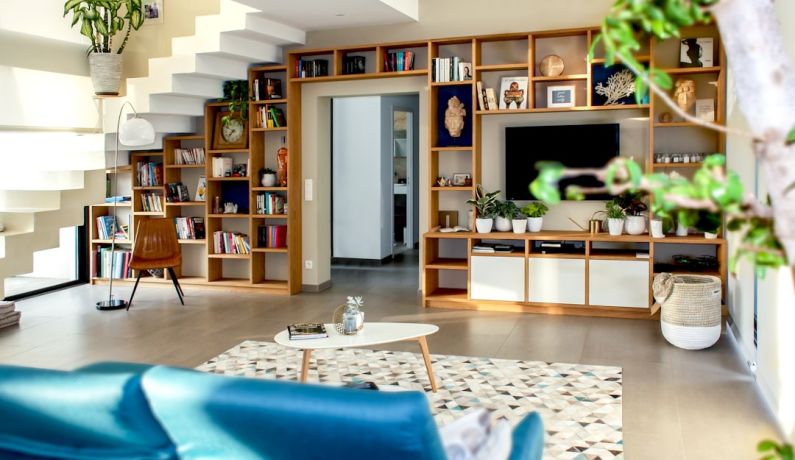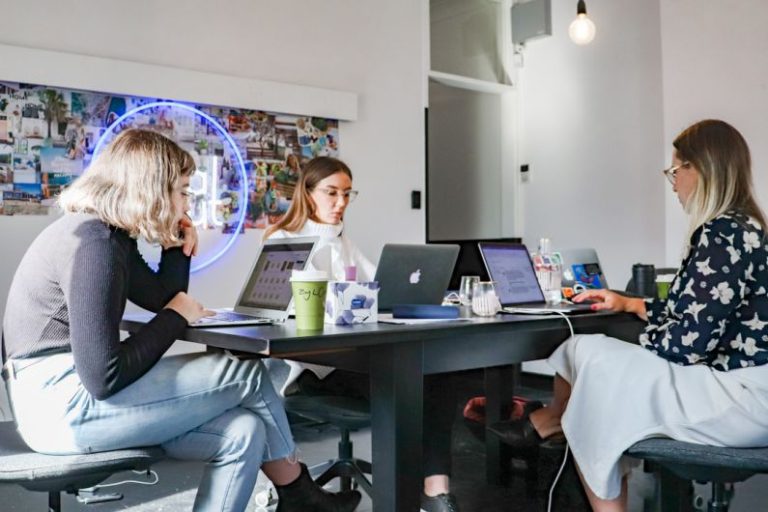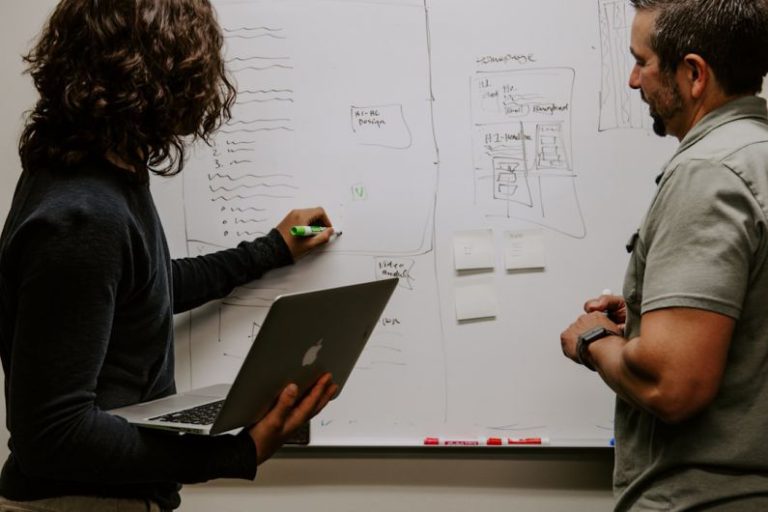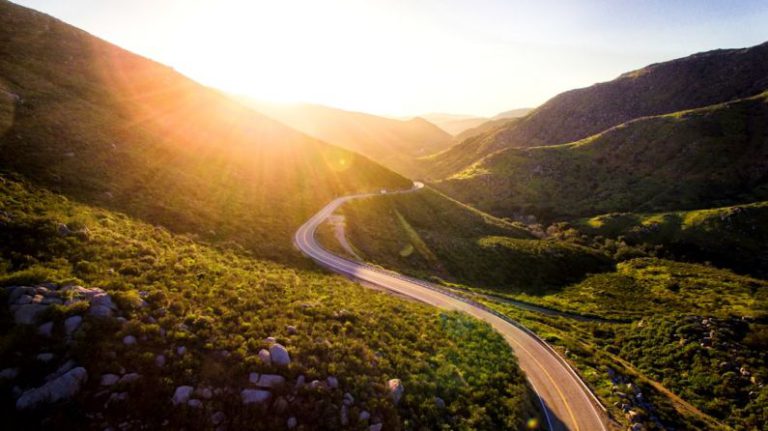Sustainable Design: a Success Story in the Green Economy
In today’s fast-paced world, the push for sustainability has become a critical aspect of various industries, with sustainable design emerging as a powerful force driving change in the green economy. By integrating environmental considerations into the design process, sustainable design aims to minimize the negative impact on the environment while promoting social responsibility and economic viability. This holistic approach not only benefits the planet but also creates innovative solutions that can lead to long-term success for businesses and communities alike.
The Rise of Sustainable Design
Over the past few decades, sustainable design has gained significant traction across different sectors, ranging from architecture and fashion to product design and urban planning. This shift towards sustainability has been driven by the growing recognition of the environmental challenges facing our planet, such as climate change, resource depletion, and pollution. As a response to these pressing issues, designers and companies are increasingly embracing sustainable practices to reduce their carbon footprint, conserve resources, and promote a more circular economy.
Designing with Purpose
At the core of sustainable design is the idea of designing with purpose. Instead of focusing solely on aesthetics or functionality, sustainable designers prioritize the environmental and social impact of their creations. This approach involves considering the entire lifecycle of a product or building, from raw material sourcing to end-of-life disposal, and finding ways to minimize waste, energy consumption, and emissions at every stage. By incorporating sustainable principles into their designs, companies can not only reduce their environmental impact but also enhance their brand reputation and appeal to eco-conscious consumers.
Creating Innovative Solutions
One of the key strengths of sustainable design is its ability to foster innovation and creativity. By challenging traditional design norms and exploring new materials, technologies, and processes, designers can develop cutting-edge solutions that are both environmentally friendly and commercially viable. For example, in the field of architecture, sustainable design has led to the development of energy-efficient buildings that harness renewable energy sources, utilize green materials, and promote natural ventilation and daylighting. Similarly, in product design, sustainable practices have inspired the creation of eco-friendly products that are durable, repairable, and recyclable, reducing the overall impact on the environment.
Collaboration and Partnerships
Another critical aspect of sustainable design success is collaboration and partnerships. To address complex environmental challenges, designers often need to work closely with suppliers, manufacturers, policymakers, and other stakeholders to develop sustainable solutions that are practical and scalable. By building strong partnerships and fostering open communication, designers can leverage the expertise and resources of multiple stakeholders to drive positive change and create a more sustainable future for all.
Measuring Impact and Success
In the green economy, measuring the impact and success of sustainable design initiatives is crucial for evaluating progress and identifying areas for improvement. By setting clear goals, collecting relevant data, and tracking key performance indicators, companies can assess the effectiveness of their sustainability efforts and make informed decisions to drive continuous improvement. Metrics such as carbon footprint reduction, energy savings, waste diversion, and social impact can help demonstrate the tangible benefits of sustainable design and showcase its value to both businesses and society.
A Sustainable Future
As we look towards the future, sustainable design will continue to play a pivotal role in shaping the green economy and driving positive change across industries. By embracing sustainable principles, fostering innovation, building partnerships, and measuring impact, designers and companies can pave the way for a more sustainable and prosperous future for generations to come. Sustainable design is not just a trend but a fundamental shift towards a more sustainable and regenerative economy that prioritizes people, planet, and prosperity.






